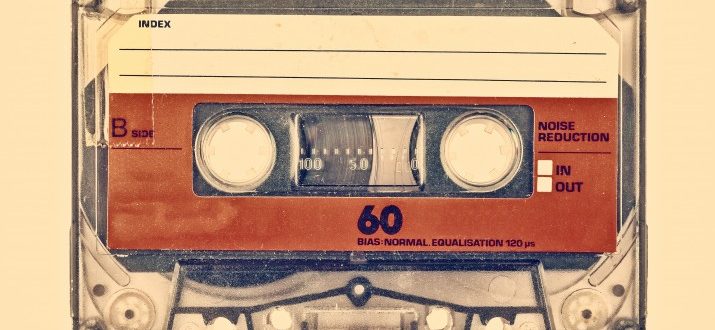SoundCloud: The New Version of Selling CD’s out of the Trunk
Guerilla marketing has evolved with technology, but the premise has remained the same- to market with little to no budget while still reaching and building a loyal audience. Over the years, the practice has been particularly successful in the hip-hop community. Underground artists used to lock-down areas audiences were located and market their merchandise.
Thanks to the growing popularity of the internet, a wide variety of social media channels and other “free” services, such as Soundcloud, musicians are spreading their material further and faster than ever before. The ability to reach an international audience with straight to consumer tactics, meeting consumers where they already are, online. A tight piece of creative work on Soundcloud can drive a fan to a website, iTunes, Spotify and now Tidal.
THE POPULARITY OF MUSIC PLATFORMS
While SoundCloud is only one of many music hosting platforms, it’s popularity is nothing to ignore. The company boasts 250 million monthly active users (compared to Pandora’s 70 million) and an average 12 hours of content posted by users every minute. Even more impressive and enticing to artists is that 90 percent of uploaded tracks get a listen, and more than half of them get played in the first hour (compared to 80 percent of Spotify’s available tracks that get played). The reach, and more importantly the high consumption rates, are huge draws for artists and have even bigger implications for the future of the platform.
SoundCloud has recently struck a deal with Warner and also launched OnSoundCloud to help users monetize their material directly on the site. While partnerships with larger corporations could spell the end of independent artists freely rising to fame via SoundCloud, hosting platforms are only one tactic artists are using to rise above the noise and gain recognition.
In 2013 after leaving Epic Records, rapper Nipsey Hussle needed a new way to promote his album, so he attempted a rather unorthodox tactic. The artist put his new album online for for free download, but also sells physical copies- capping the total at 1,000- for $100 each. The entire stock sold out and more importantly, gained the attention of rap legend and businessman Jay-Z, who purchased 100 copies of the album. Nipsey is now repeating a similar tactic but selling his new album for $1,000. He has already sold 60 new albums.
Nipsey isn’t the only emerging artist to test unconventional methods when dropping albums. In 2013, rapper Curren$y released mixtape exclusively on Bittorrent and is now attempting an even more radical tactic- releasing his new new tracks exclusively on a USB drive. By releasing an album in Bittorrent, a massive file-sharing program, Curren$y is inevitably opening himself up faster pirating of his new music, but also cutting out other factors that would cut into profits, such as retailer costs, packaging, and shipping, while also allowing for instantaneous consumption of his product.
BIG STARS TAKE NOTICE
Underground or emerging artists aren’t the only ones who are taking advantage of tech and social channels. In late 2013, rap and pop star Beyonce Knowles launched her 5th and self-titled album in secret via itunes, each song accompanied with a video. She even made the announcement via Instagram, where she had a significantly smaller audience than her Twitter account (at the time).
While the idea of finding and captivating a large audience has always been the goal, some artists are using their fame and fan base simply to raise the money to keep creating music. Rap group De La Soul have recently Kickstarter for New Album ‘And the Anonymous Nobody’, surpassing their original goal of $100,000 in less than 24 hours.
Technology is changing the way artists- who in this case, are marketers- connect with potential customers. This concept is fundamental and holds true whether you are an underground up-and-coming rap star or the CMO of a Fortune 500 company. Artists are proving that the traditional route to fame is no longer needed. Many are using free tools, such as SoundCloud or Twitter, to reach large groups of people for little or no monetary investment on their end. I believe that in the very near future, we will witness the money that 5 years ago was used to press underground artists’ CD’s being allocated into a social marketing team, hosting a Kickstarter, purchasing Facebook ads, or filming music videos that premiere directly on Vimeo and YouTube. The concept of direct to consumer and crowdsourcing to finance albums shows that both record companies and retailers alike must adapt their business models in order to survive the future of the music industry.


